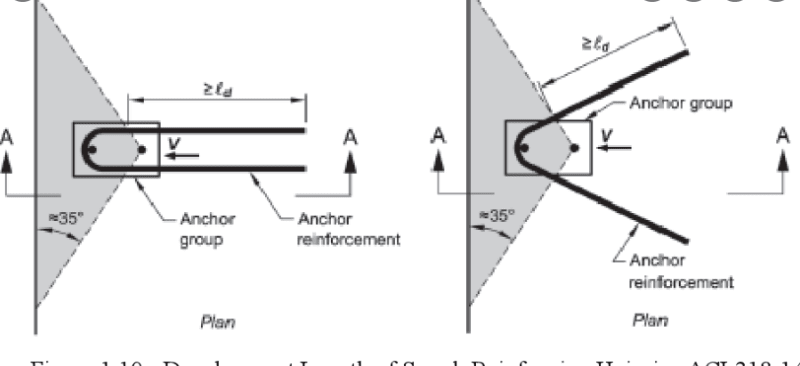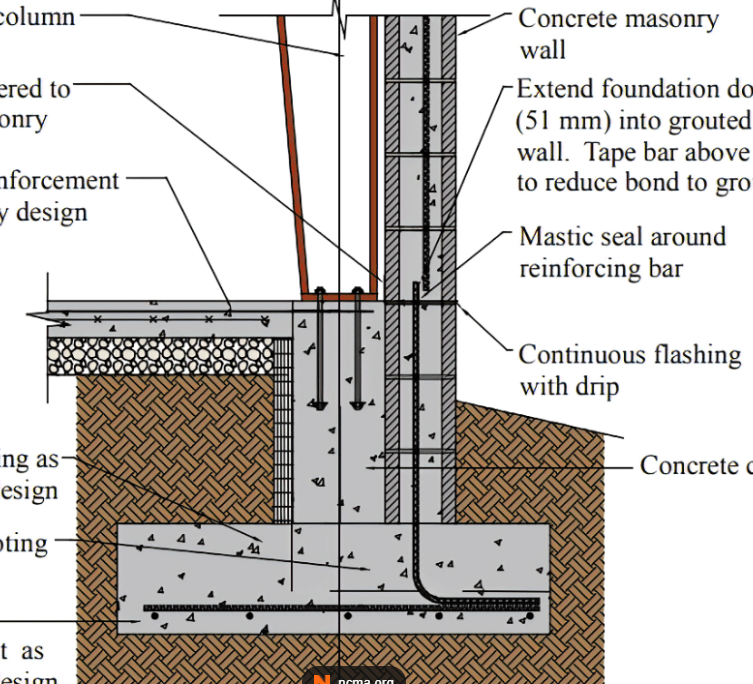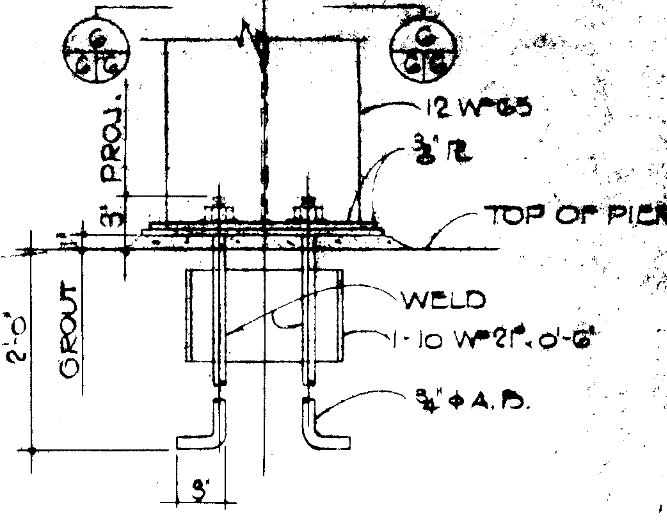Completing Seismic evaluation for project built in 1961 (near Charleston,SC). Anyone know the purpose of the wide flange welded to the anchors or have seen this before?
First thought was a shear lug, but it is not welded to the baseplate (all details are consistent and do not call out welds to the base plate)
Second thought was for breakout but why not place it at the bottom of the anchors?
Maybe to keep the anchors in place during construction (pouring of the concrete)? Idk any help would be appreciated.
First thought was a shear lug, but it is not welded to the baseplate (all details are consistent and do not call out welds to the base plate)
Second thought was for breakout but why not place it at the bottom of the anchors?
Maybe to keep the anchors in place during construction (pouring of the concrete)? Idk any help would be appreciated.

![[ponder] [ponder] [ponder]](/data/assets/smilies/ponder.gif)



![[surprise] [surprise] [surprise]](/data/assets/smilies/surprise.gif)